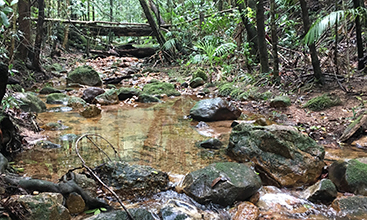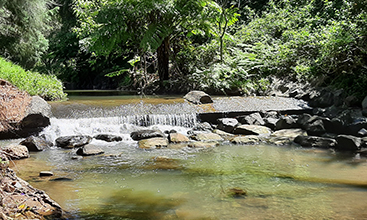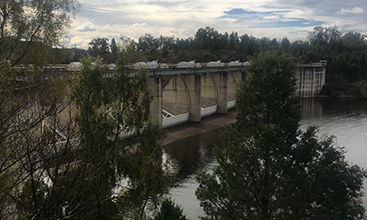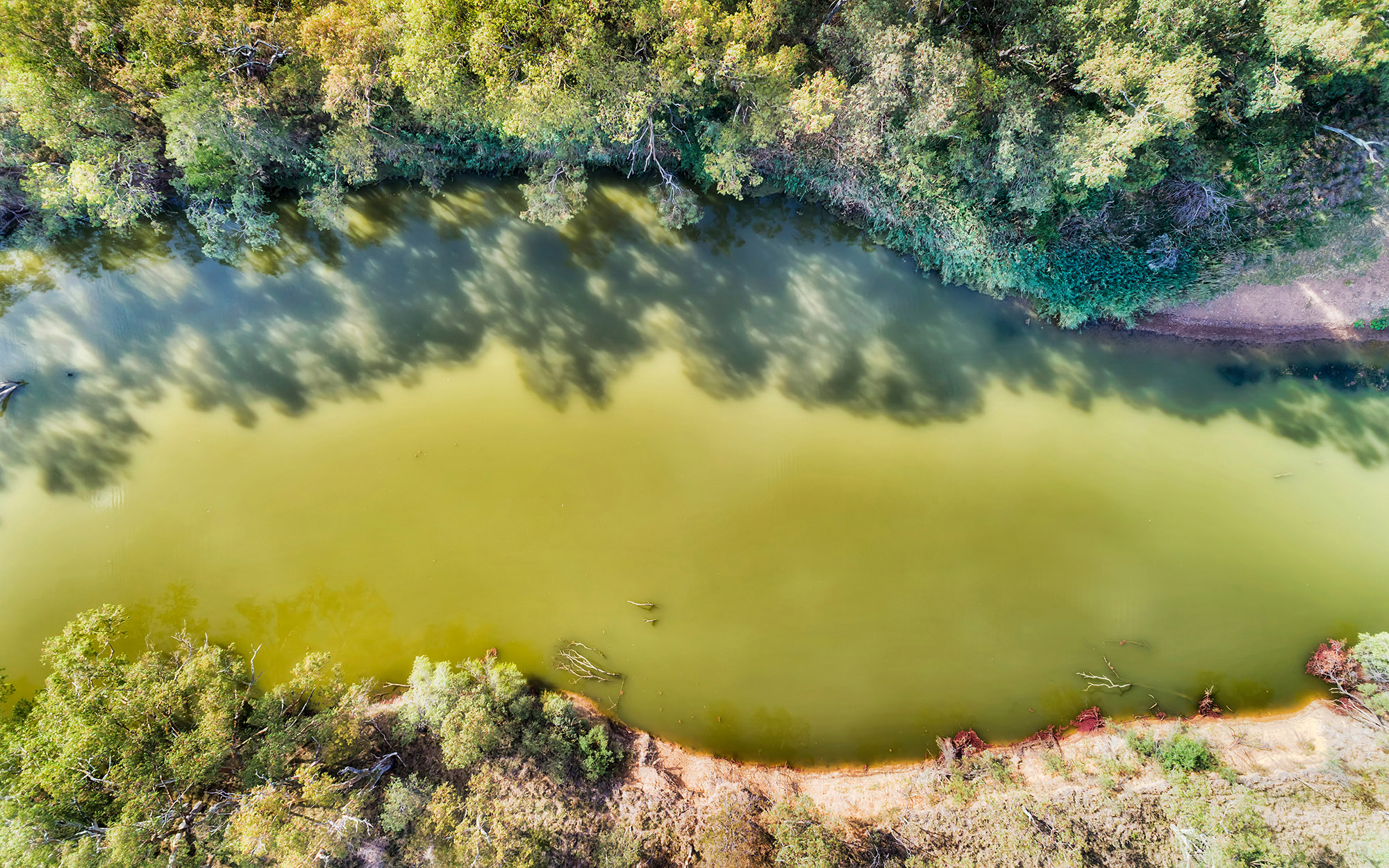Overview of environmental flow rules
The environmental rules are designed to provide water for the environment across a range of flow events from floods to very low flows. The following diagram illustrates the importance of different flow ranges to a river's environment.
In addition to the cap on extractions in the Murray-Darling Basin, NSW has embarked on a process of allocating water to the environment. The economic and social development of NSW relies on the assured water supplies that are provided by our water storages. It is therefore not possible to return our rivers to their natural condition.
However, in NSW we have now prepared statutory water sharing plans for most of the major river systems, protecting both the total volume of water for the environment and the natural variability in flows. That is the low flows, moderate flows, freshes and floods. The environmental rules in the water sharing plans are designed to:
- limit extractions so that the major share of water is protected in the inland systems
- replicate natural flow patterns or events so as to provide water when and where it will best meet environmental needs.
The environmental flow rules are based on the broad river flow objectives that set out 12 aspects of flow considered to be critical for the protection or restoration of river health, ecology and biodiversity. The objectives were subject to extensive public consultation and endorsed by the NSW Government in 1999.
Outcomes achieved from the environmental flow rules
In the long term, the rules will make significant progress towards restoring important aspects of the natural flow regime. For example:
- Namoi River – 75% of the natural frequency of the mid river beneficial flooding will be reinstated
- Lachlan River – the frequency of significant floods will be returned to 65% of natural
- Gwydir River – Gwydir wetlands will now receive 85% of natural overbank flow.
The release of water stored in the dam for the environment is designed to support natural flows. In the Murrumbidgee Valley, environmental releases in 2000 from Blowering and Burrinjuck Dams successfully 'piggy backed' onto a natural river fresh to produce the most significant filling of billabongs along the Murrumbidgee River since 1996. Since 2000, drought conditions in all valleys have limited the opportunities for environmental releases. However, the releases that have occurred have provided some positive environmental outcomes.

The objectives set out 12 aspects of flow considered to be critical for the protection or restoration of river health, ecology and

Management rules for regulated and unregulated river systems.

The intent of a transparent or translucent flow is to restore natural flow variability associated with specific flow ranges, usually freshes
